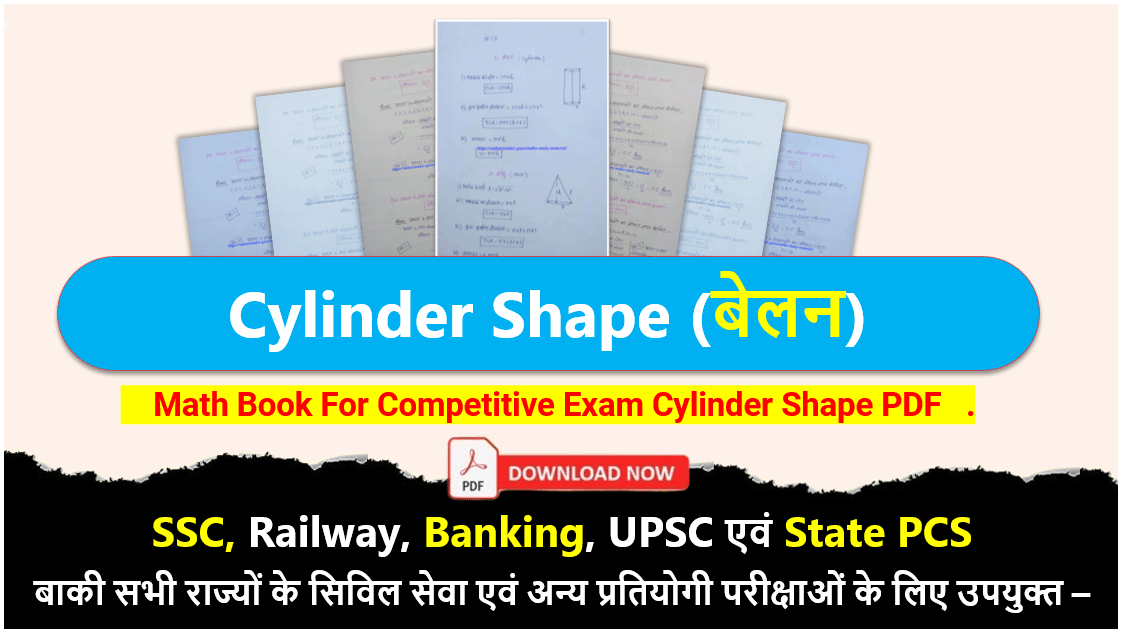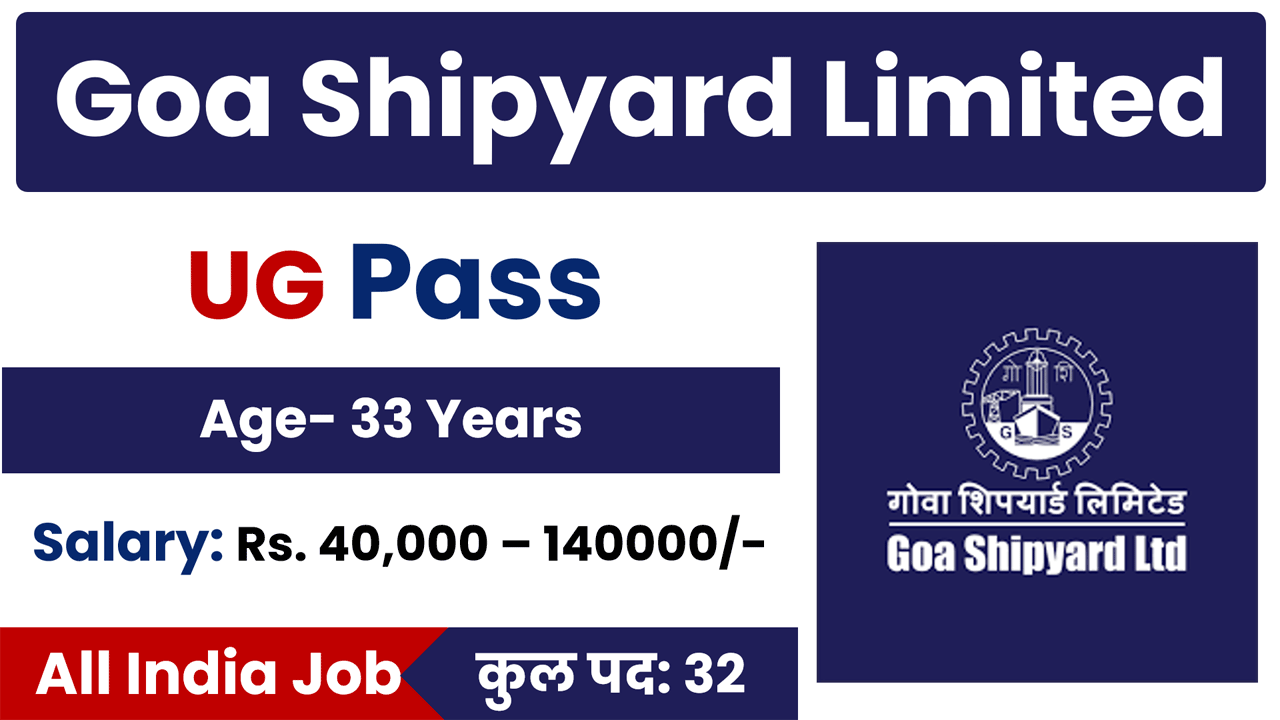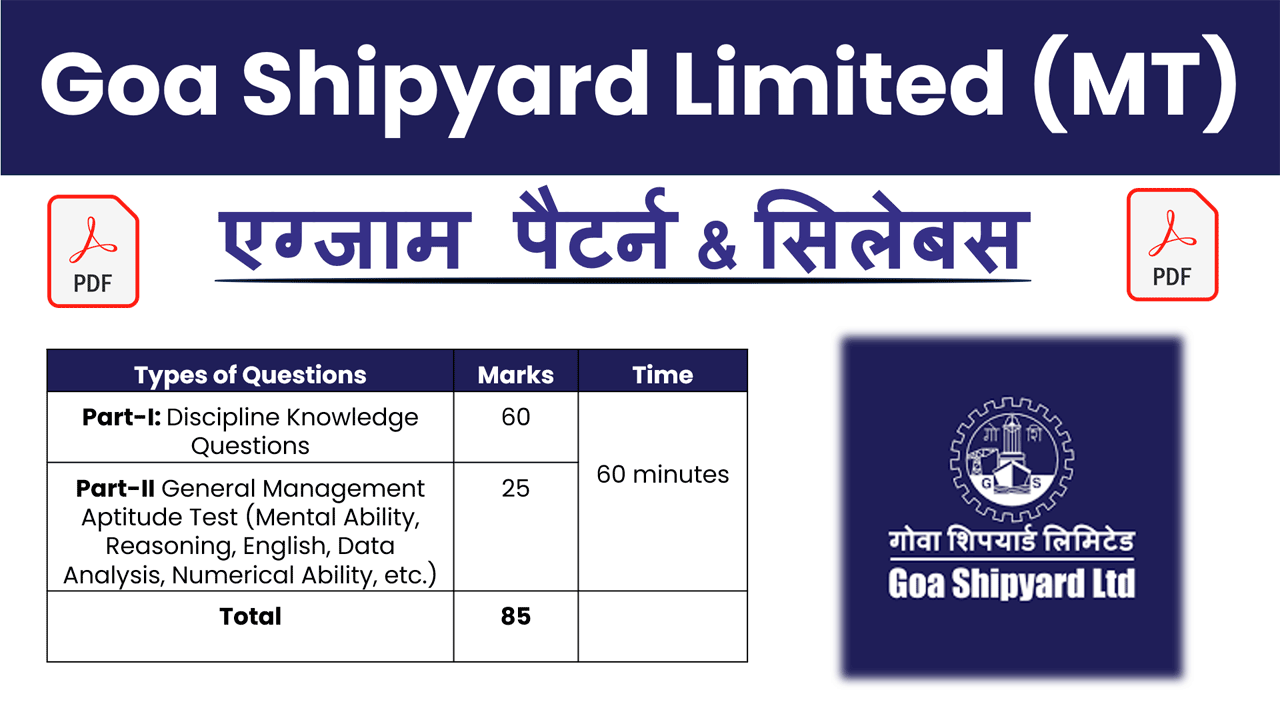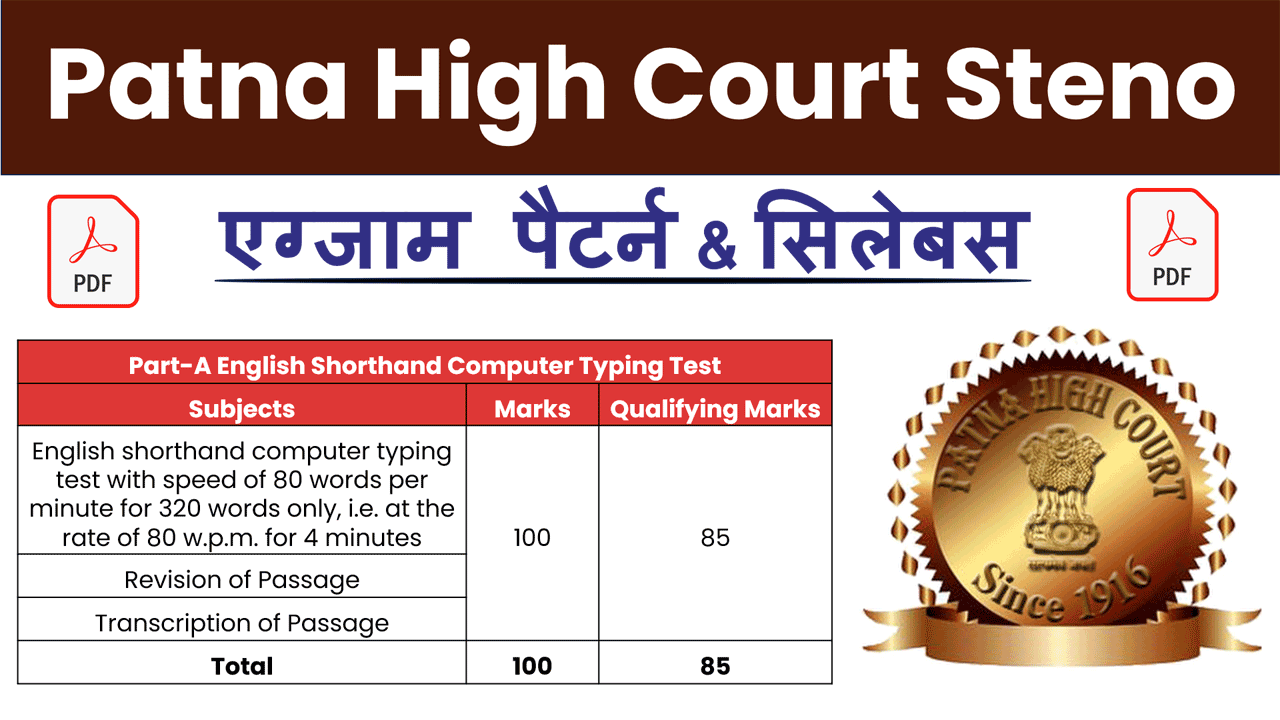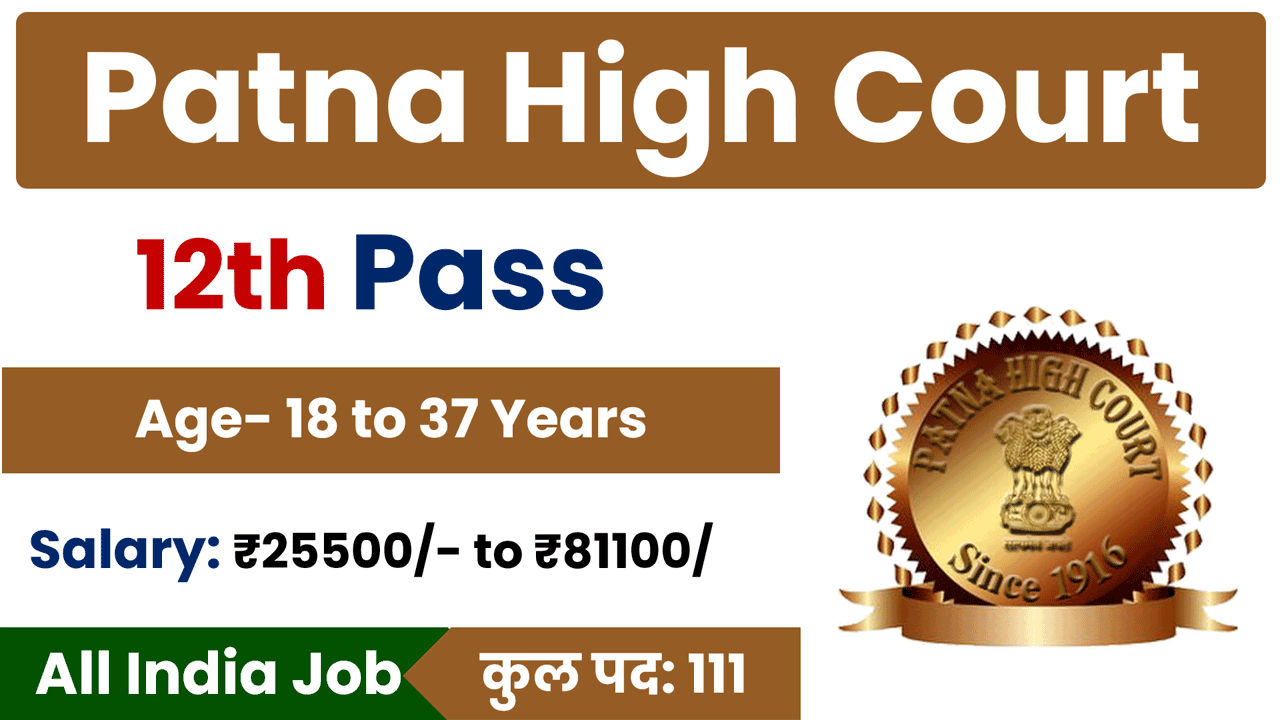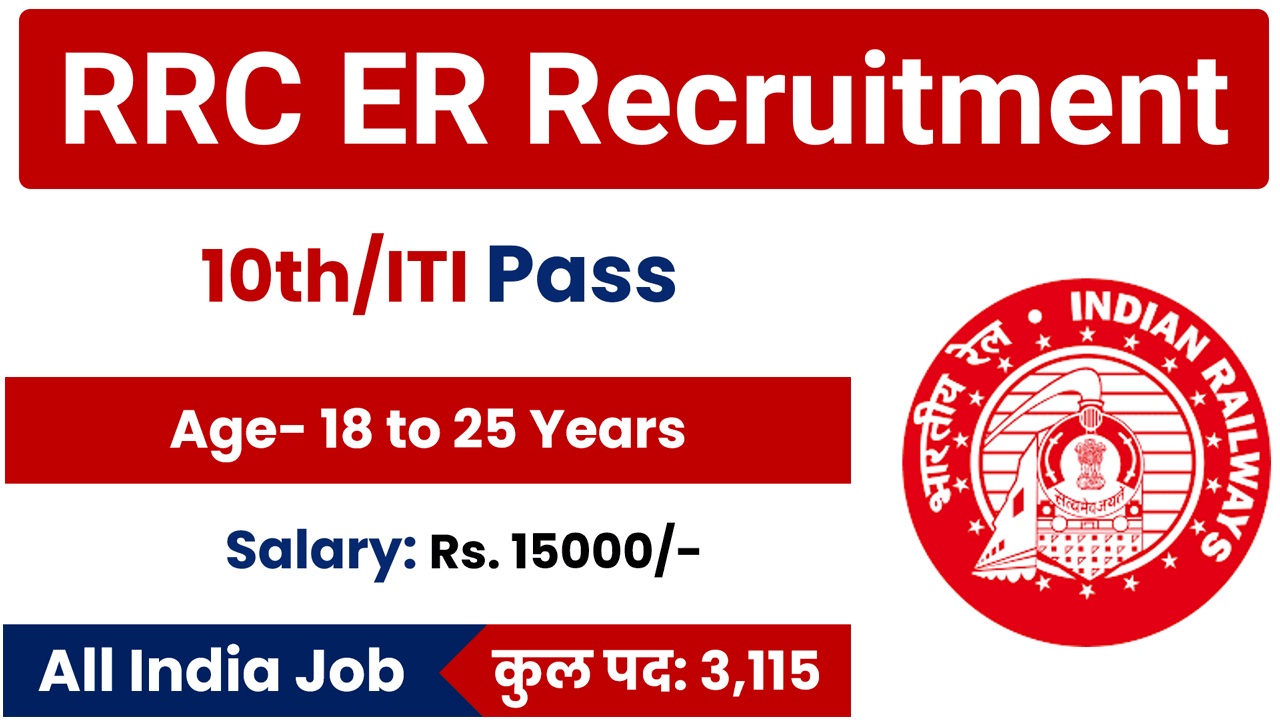Mastering Cylinders in Competitive Exams: A Comprehensive Guide: Cylinders are fundamental three-dimensional shapes that play a crucial role in competitive exams. Whether you’re preparing for entrance tests, government job exams, or any competitive assessment, a thorough understanding of cylinders can significantly enhance your performance. This guide delves deep into the intricacies of cylinders, providing you with all the essential knowledge to excel in this critical topic.
| Chapters | Download Links |
| Average📙 | Download 🔗 |
| Compound Interest📙 | Download 🔗 |
| Circle📙 | Download 🔗 |
| Cube & Cube Root📙 | Download 🔗 |
| Cuboid📙 | Download 🔗 |
| Cylinder📙 | Download 🔗 |
| Heights & Distance📙 | Download 🔗 |
| LCM & HCF📙 | Download 🔗 |
| Mixture and Allegation📙 | Download 🔗 |
| Partnership📙 | Download 🔗 |
| Percentage📙 | Download 🔗 |
| Profit, Loss & Discount📙 | Download 🔗 |
| Quadrilateral📙 | Download 🔗 |
| Ratio & Proportion📙 | Download 🔗 |
| Simple Interest📙 | Download 🔗 |
| Simplification📙 | Download 🔗 |
| Speed, Time & Distance📙 | Download 🔗 |
| Sphere📙 | Download 🔗 |
| Square & Square Root📙 | Download 🔗 |
| Time and Work📙 | Download 🔗 |
| Trigonometry📙 | Download 🔗 |
What is a Cylinder?
A cylinder is a geometric shape with two parallel circular bases connected by a curved surface. Understanding cylinder properties, volume, lateral surface area, and applications is vital for solving geometric problems in competitive exams.
Importance of Cylinders in Competitive Exams
- Geometric Reasoning: Questions related to cylinders test your ability to apply geometric principles such as radius, height, volume, surface area, and relationships between different parts of the cylinder.
- Three-Dimensional Geometry: Understanding the spatial properties of cylinders is essential for visualizing and solving problems involving intersections, transformations, and practical applications.
- Problem Solving: Many competitive exams feature questions on cylinder volumes, lateral surface areas, and practical applications in fields like engineering, architecture, and physics.
Types of Cylinder Problems
- Volume Calculations: These include calculating the volume of cylinders given the radius and height or finding one of these dimensions given the volume.
- Surface Area Calculations: Problems involving calculating the total surface area or lateral surface area of cylinders, including scenarios with different base shapes and dimensions.
- Applications in Real Life: Questions requiring you to apply cylinder concepts to real-world scenarios such as tanks, pipes, and containers.
Tips for Mastering Cylinders
- Learn Cylinder Formulas: Familiarize yourself with formulas for calculating the volume and surface area of cylinders. Practice applying these formulas to various scenarios.
- Practice Geometry Problems: Solve a variety of cylinder-related problems from previous years’ papers, mock tests, and textbooks to reinforce your understanding and problem-solving skills.
- Visualization Skills: Develop the ability to visualize and manipulate three-dimensional shapes mentally, which is crucial for solving cylinder-related problems efficiently.
Conclusion
In conclusion, mastering cylinders involves more than memorizing formulas; it requires developing spatial reasoning and problem-solving skills. By practicing a diverse range of cylinder problems and understanding their applications, you can approach competitive exams with confidence. Remember, a solid grasp of cylinder properties and formulas is essential not just for exams but also for fields requiring geometric analysis.
About the Math Book
Looking for a comprehensive guide to mastering cylinders and other three-dimensional geometric topics for competitive exams? Our Math Book for Competitive Exam offers detailed explanations, practice exercises, and expert tips to help you succeed. Stay tuned for more chapters covering essential mathematical concepts!

